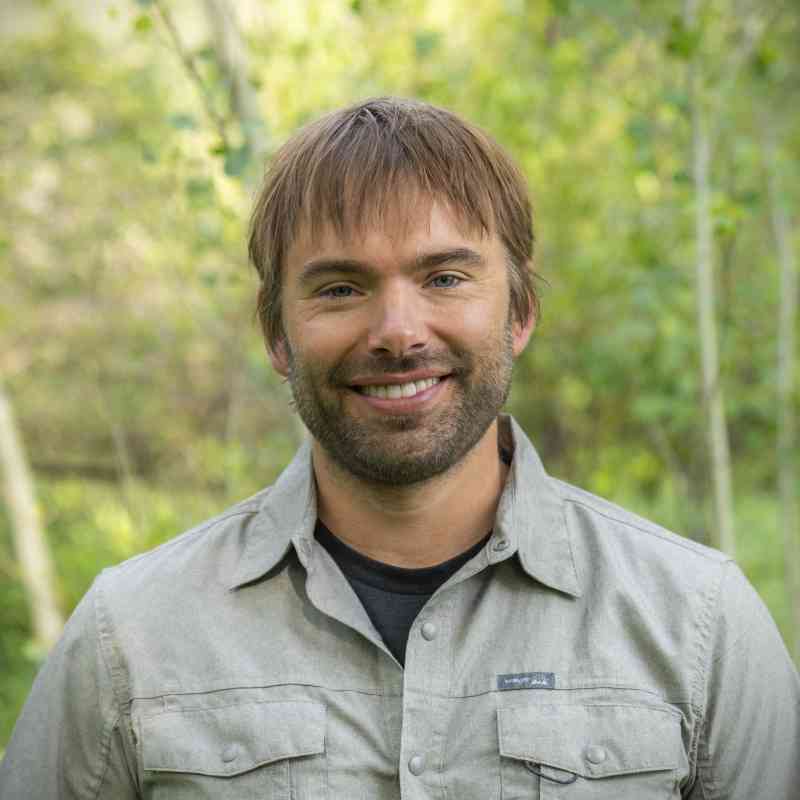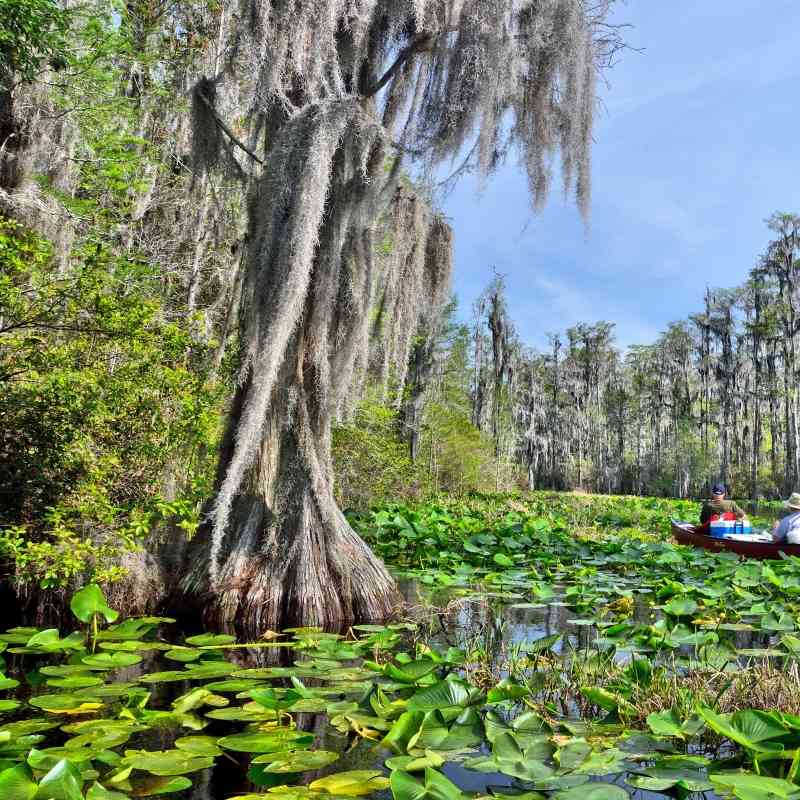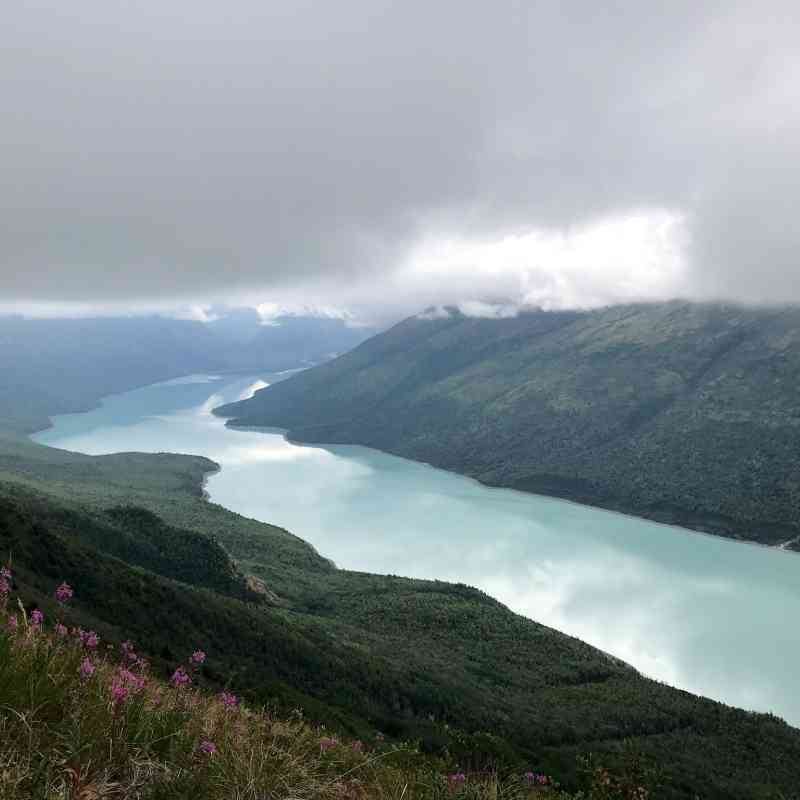Everyone has heard the expression, “Where the buffalo roam.” One of the few places where this remains true is in and around Yellowstone National Park – home to the largest wild herd in the country.

Yellowstone bison often cross Park boundaries in search of grass, particularly in harsh winters when snow is deep in the Park. Bison simply need room to roam. For decades, however, the Montana Department of Livestock (DOL) has led an effort to stop bison from crossing outside of Yellowstone National Park, fueled by exaggerated fears about bison transmitting brucellosis to livestock (though no case of this has ever been recorded).
Not surprisingly, wildlife don’t recognize artificial boundaries on maps. That is why Defenders remains steadfast in the fight for common sense bison management, urging Montana’s Governor and state agencies to support the expansion of year-round habitat in Montana for wild bison that roam outside of the Park boundaries and to establish new wild bison populations elsewhere in Montana. We have seen some progress on both accounts in recent years and we will continue to work for more.
While the controversy over year-round bison habitat expansion near Yellowstone continues, Defenders and our conservation partners are developing a solution that works for bison and for local landowners. We’re working tirelessly to promote tolerance for bison on the landscape and to help individuals, landowners and communities coexist with wildlife.

The Yellowstone Bison Coexistence Program is doing just that. With our partners from Greater Yellowstone Coalition, Natural Resources Defense Council and Sierra Club, we work directly with individual landowners, livestock producers and residents to prevent property damage from roaming bison in the small areas outside Yellowstone National Park where bison are currently allowed to roam. We provide incentives to help landowners install bison fencing around areas of concern to reduce conflict with bison on their private lands. The fencing helps keep bison away from residences, gardens and small fields, preventing any accidental damage a 2,000-lb bison might cause. The combined effect: communities that are more tolerant of roaming bison. Defenders and our partners compensate landowners 50% (up to $1,000) of the cost of building a fence, and we help them install the fence on their property.
Since we began these fencing projects in 2010, this common sense solution for living with roaming bison has been an incredible success. To date, we’ve completed 16 fencing projects. Many of these projects have involved input from Montana Fish, Wildlife and Parks, and occasionally the Board of Livestock.
As neighbors talk with neighbors about how their bison fencing is working, this program continues to grow. And Defenders is happy to help. We have already completed 4 projects this year, and another 10 projects are in the planning stages. As the program grows, so does the support for wild, roaming bison; support that these iconic animals need as they roam their native habitats outside Yellowstone.
Russ Talmo is the Rocky Mountains & Great Plains Field Technician at Defenders of Wildlife
Author

Russell Talmo
comments



